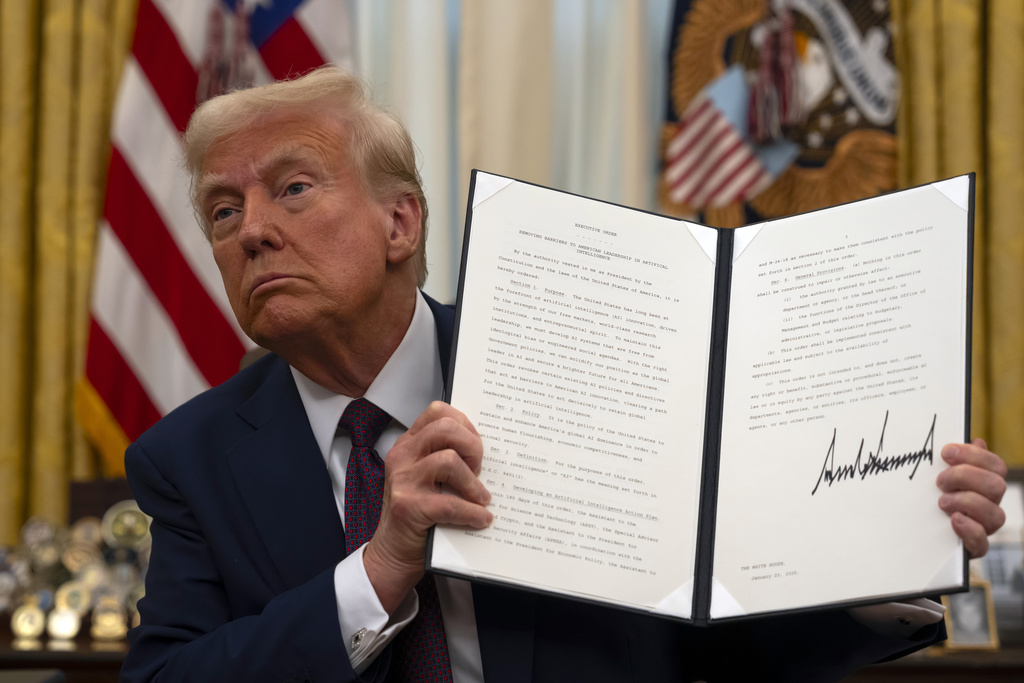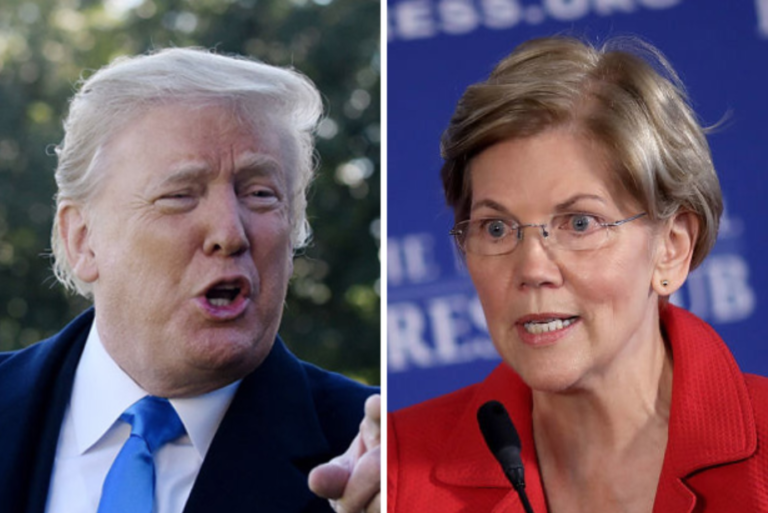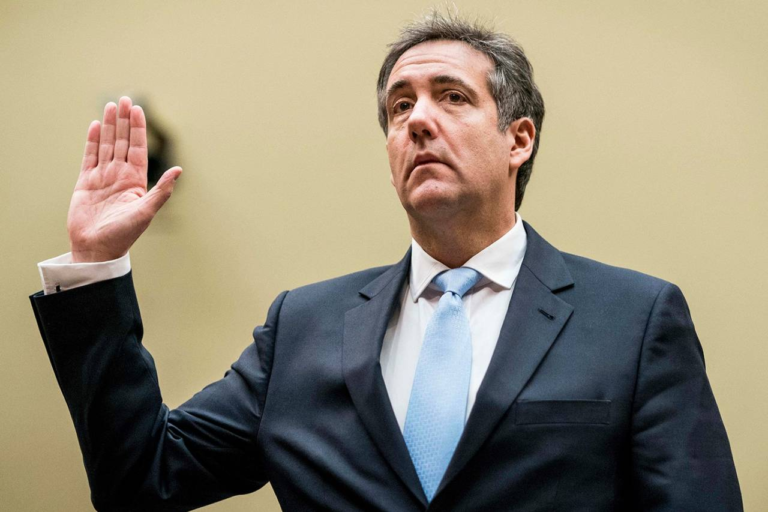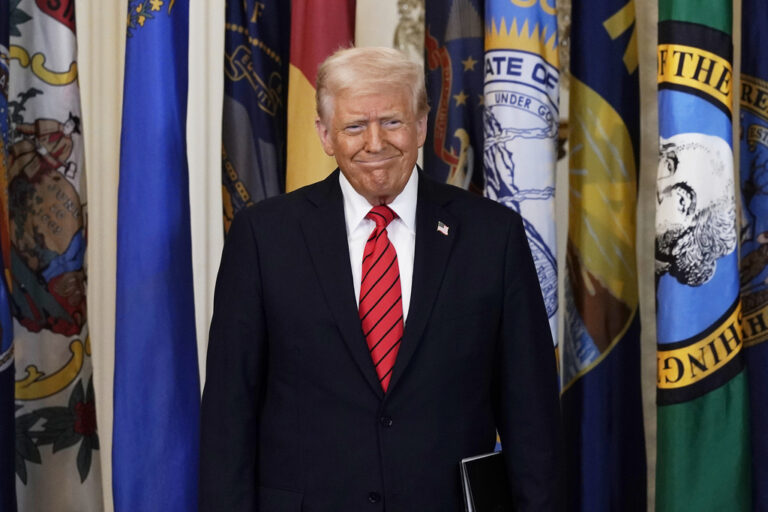
On President Donald Trump’s first day in office, he revoked former President Joe Biden’s 2023 executive order intended to ensure the “Safe, Secure, and Trustworthy Development and Use of Artificial Intelligence.” A few days later, President Trump signed his own executive order in its stead. Both orders recognize the potential benefits that AI can offer Americans, as well as the importance of aligning AI with national security principles. So, why was one of Trump’s first decisions in office to rescind the 2023 AI guidelines? To understand that, it’s worth examining what Biden’s order actually did.
Biden’s order set two main conditions for AI technologies. First, that AI developers share with the U.S. government results from safety tests if the AI posed any risk to the economy, public health, or safety. Second, it directed federal agencies to establish clear testing standards and address AI related risks, including cybersecurity, biochemical, and nuclear threats.
Trump, however, took a very different approach. His new AI guidelines are succinct in its length, mission, and forethought. The purpose of the new order is “to sustain and enhance America’s global AI dominance in order to promote human flourishing, economic competitiveness, and national security.” So far so good. Yet, reading through the remainder of the executive order feels like suffocating in a mosh pit of extreme patriotism and blind ambition. The executive order flashes expressions such as “American leadership,” “world-class,” and “brighter future.” Beneath the order’s buzzwords lies a fundamental misunderstanding of the AI landscape.
The executive order oversimplifies the relationship between human, economic, and security interests. In reality, a technological innovation designed to enhance AI fairness, such as by investing in more representative training data, could foster innovation. However, its high costs might also reduce economic competitiveness. Building AI models that are more reliable and responsible is both complex and costly. Unfortunately, there is not always a linear relationship between human, economic, and security interests. Thus, Trump’s assumption that unfettered innovation will automatically serve American interests is nothing but naïve. Much of AI research and development is conducted in the private sector, and without explicit incentivization, it is doubtful companies will have the motivation or bandwidth to prioritize anything other than their own financial interests.
Trump’s executive order also calls for a small team to devise an action plan in 180 days to implement the listed AI goals. The order requires the team to challenge any measures taken in response to Biden’s executive order that opposes the new executive order, a detail that carries significant implications.
In essence, Trump and Biden could not be more divergent in their strategies towards AI. Biden was both cautious and meticulous in his attempt to contain AI risks. He tried to barricade AI progress with rules and red tape. On the other hand, Trump has taken a bulldozer to Biden’s initiatives, claiming an obstacle-free environment that fosters ultimate innovation is what is best for AI to develop in a way that is best for American safety and wellbeing.
Reality probably lies somewhere in between their respective camps. But one thing is definite: inherent in innovation is risk. And this may be even more true with AI innovation where the risk is political, humanitarian, and, in many ways, existential.
But, if we accept Trump’s philosophy that regulating AI stifles innovation, then shouldn’t we also question whether expending government resources to dismantle a two-year-old executive order, most of which has already been implemented, is itself an innovative choice? Much of Biden’s order already set in motion a government-wide blitz to study AI’s impact, generate recommendations, and establish guidelines. That work is done. Reports have been written, policies have been shaped, and both the private sector and government agencies are already using those insights to navigate AI’s risks. Rescinding the order now does little to change that reality. It’s true that innovation is not about tearing down past efforts for the sake of political optics; it’s about building on established knowledge to move forward. Instead of pushing AI policy in a constructive direction, the executive order feels more like a symbolic gesture: one that prioritizes political reversals over meaningful leadership in a rapidly evolving technological landscape.
The Zeitgeist aims to publish ideas worth discussing. The views presented are solely those of the writer and do not necessarily reflect the views of the editorial board.



